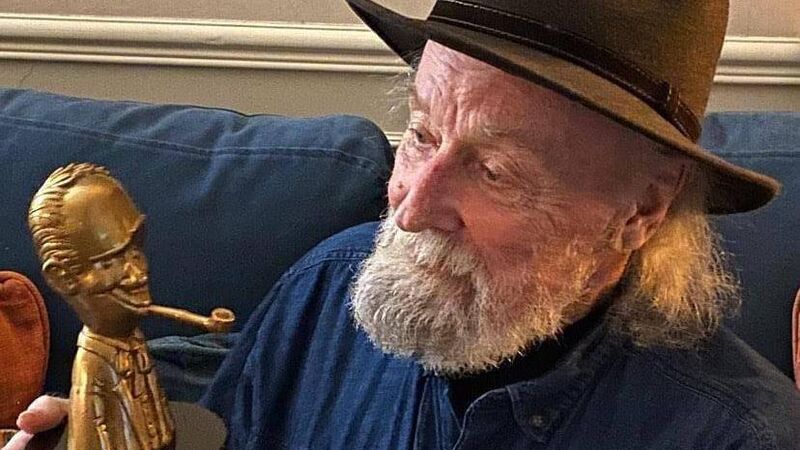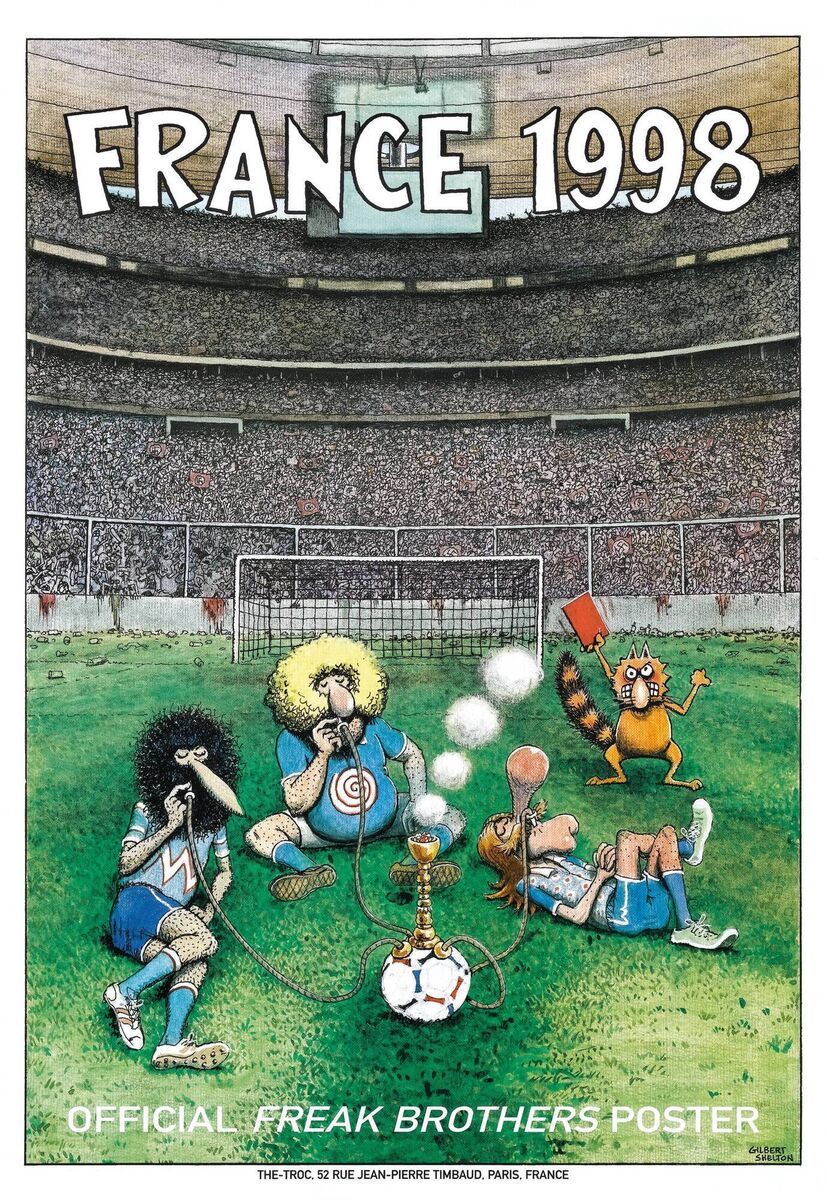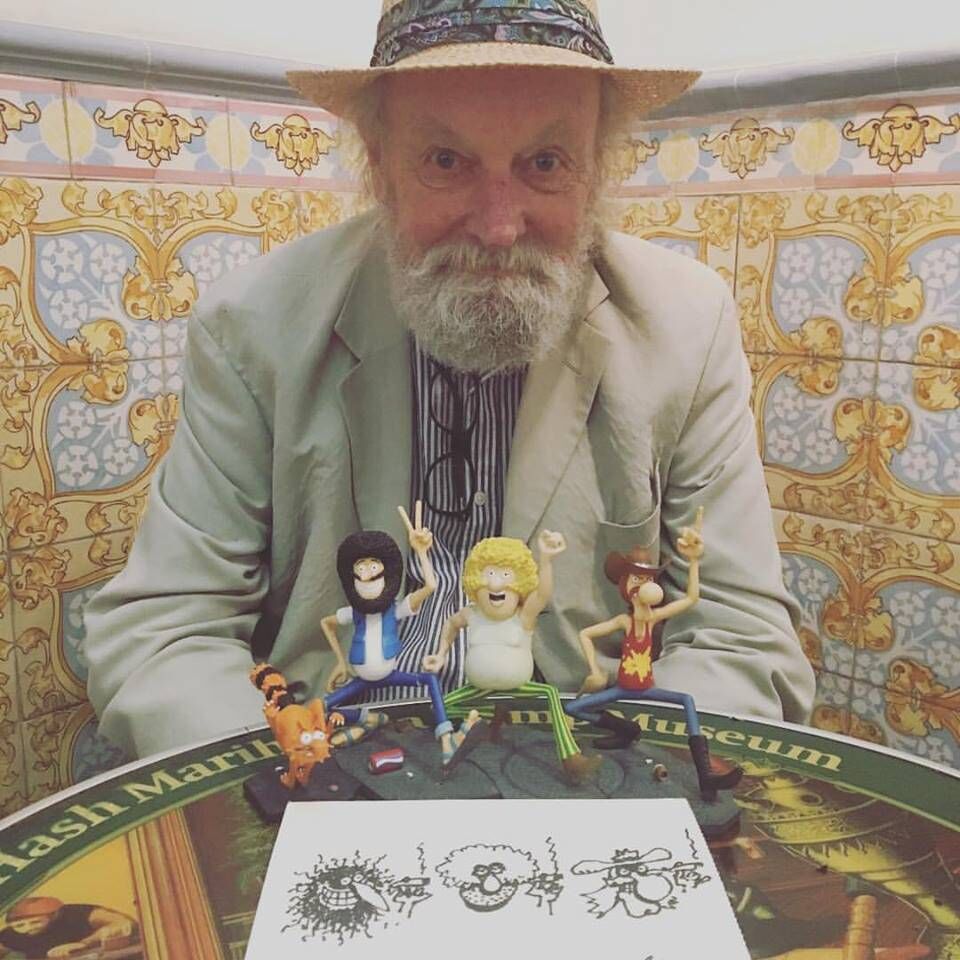Gilbert Shelton: Countercultural cartooning with a touch of rock ’n’ roll

Gilbert Shelton and his Harvey award
RUE American comics hero, Gilbert Shelton is synonymous with his greatest and most-loved creation, the Fabulous Furry Freak Brothers — a trio of hippie-era San Francisco dissolutes whose collective mental well-being was dependent on a healthy supply of dope.


- This Saturday Shelton will be in conversation at Galway Cartoon Festival with genius cartoonist and doyen of the British comics underground, Hunt Emerson.
- galwaycartoonfestival.ie
· Known by his pseudonym, Tignous, Bernard Jean-Charles Verlhac was one of eight staff members of the French satirical magazine murdered by Islamic terrorists in 2015.
As well as presenting an exhibition of his work, the festival will host his widow Chloé Verlhac for a talk on his life and work.
· Every year the festival pays special tribute to one great Irish cartoonist. This year it’s Ian Knox. The political cartoonist for the since 1989, the veteran Belfast artist has had a colourful career, contributing extensively to children’s comics like , , and from 1975 to 1988.
· fans will gravitate to artists Brendan McCarthy and John McCrae. Best known for his collaborations with Peter Milligan ( , ), McCarthy co-wrote and designed .
A regular collaborator with Garth Ennis, McCrae has drawn for DC, Marvel and Dark Horse.
· Celebrating the role of the free press, the Freedom Wall project has one wall featuring contributions from cartooning professionals from around the world celebrating important freedoms. There is also a wall featuring illustrations from children from around Ireland.




